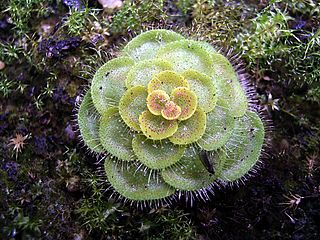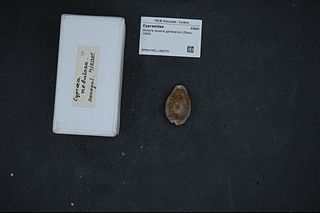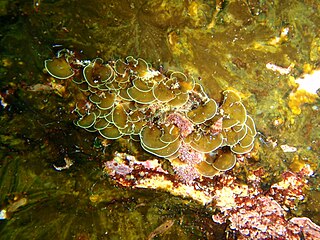
Zonaria is a melodic death metal band from Umeå, Sweden, formerly known as Seal Precious. The band is currently signed to Century Media Records.

Jonas Kjellgren is a Swedish musician and producer, now residing in Grangärde, Sweden. He has been lead vocalist for Carnal Forge and Dellamorte, played guitar for Centinex, and played bass for October Tide. He is most famous for being the former co-founder and guitarist of Scar Symmetry, founded in 2005. As a producer, he has worked with bands such as Sonic Syndicate, Zonaria, Steel Attack, 21Lucifers, Darzamat and The Absence. He owns and operates Black Lounge Studios, which many Swedish metal bands use to record, mix and master their albums, although most of his own production efforts are done at The Abyss, which is owned by Peter Tägtgren. Kjellgren is known for playing seven-string guitars.

The Cancer Empire is the second major label release by Swedish metal band Zonaria and the first to be released on their new label, Century Media Records. It was recorded at Studio Fredman with Fredrik Nordström. Commented singer Simon Berglund:
The Cancer Empire refers to a nation that infects the world around it by spreading lies and deceit in order to dominate. For us it has a realistic reflection on the world today.

Drosera zonaria, the painted sundew, is a perennial tuberous species in the carnivorous plant genus Drosera and is endemic to south-west Western Australia from near Perth southeast to near Esperance. It grows in a tight rosette approximately 5 to 7 cm in diameter with 20 to 30 green to red leaves that are arranged in concentric layers. The leaves are typically 1 cm wide and are usually described as being "kidney-shaped" with crimson leaf margins. It grows in deep silica sands in open woodland or coastal heathland and only flowers after a bush fire, which is speculated to be caused by the release of ethylene. Its white, sweetly perfumed flowers, which are very similar to those of D. erythrorhiza, emerge on 4 to 5 cm tall scapes. As with most other tuberous Drosera species, D. zonaria will die back during the dry summer months and retreat to the fleshy tuber 10 to 30 cm below ground.

Zonaria picta is a species of sea snail, a cowry, a marine gastropod mollusk in the family Cypraeidae, the cowries.

Zonaria pyrum, common name the pear cowry, is a species of sea snail, a cowry, a marine gastropod mollusk in the family Cypraeidae, the cowries.

Zonaria zonaria is a species of sea snail, a cowry, a marine gastropod mollusk in the family Cypraeidae, the cowries.

Zonaria is a genus of sea snails, marine gastropod molluscs in the family Cypraeidae, the cowries.

Lycia zonaria, the belted beauty, is a moth of the family Geometridae. The species was first described by Michael Denis and Ignaz Schiffermüller in 1775 and it is found in most of Europe.

Zonaria is a genus of thalloid brown alga comprising approximately 12 species. Specimens can reach around 25 cm in size, all of which exhibit a characteristic semi-circular growth pattern which produces distinct alternating patterns of darker and lighter tissue akin to tree rings. Zonaria produces tetraspores.
Multifurca zonaria is a species of mushroom-forming fungus in the genus Russulaceae. Originally described from Thailand as a Russula species in 2003, it was moved to the newly created genus Multifurca in 2008.
Mispila is a genus of longhorn beetles of the subfamily Lamiinae, with three subgenera - Dryusa, Mispila, and Trichomispila. It contains the following species:
Gnoma zonaria is a species of beetle in the family Cerambycidae. It was described by Carl Linnaeus in 1758, originally under the genus Cerambyx. It is known from Papua New Guinea and Moluccas.
Mispila picta is a species of beetle in the family Cerambycidae. It was described by Stephan von Breuning in 1939.
Mispila celebensis is a species of beetle in the family Cerambycidae. It was described by Stephan von Breuning in 1950.
Mispila (Mispila) coomani is a species of beetle in the family Cerambycidae. It was described by Maurice Pic in 1934.
Mispila (Mispila) is a subgenus of beetle in the genus Mispila. It was described by Francis Polkinghorne Pascoe in 1864.
Mispila (Dryusa) is a subgenus of beetle in the genus Mispila. It was described by Francis Polkinghorne Pascoe in 1864.
Mispila (Trichomispila) is a subgenus of beetle in the genus Mispila. It was described by Stephan von Breuning in 1939.
Mispila sonthianae is a species of beetle in the family Cerambycidae, native to Laos. It was described by Stephan von Breuning in 1963.









